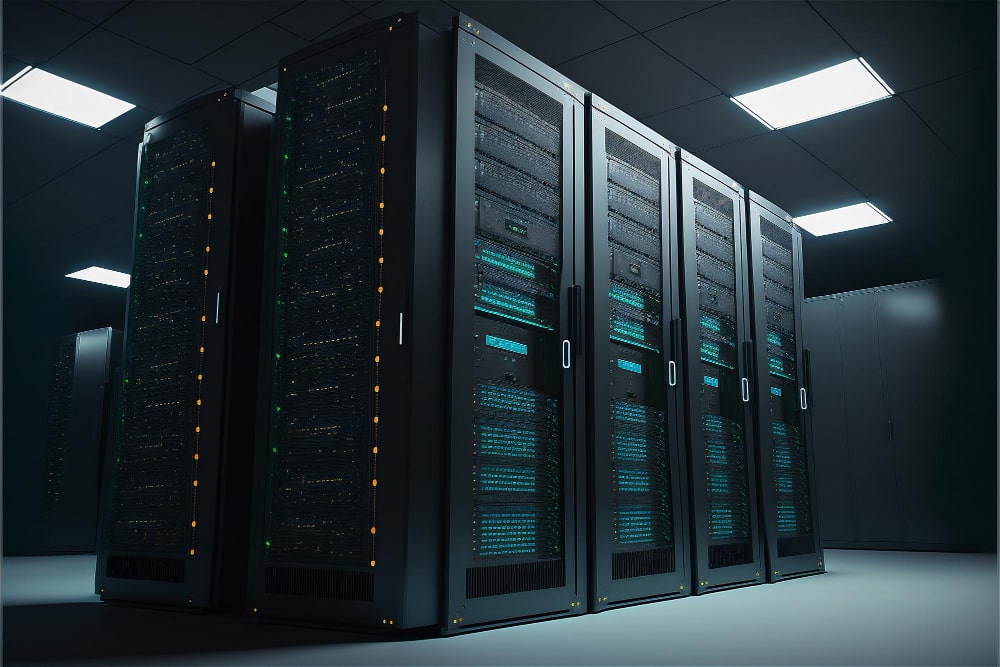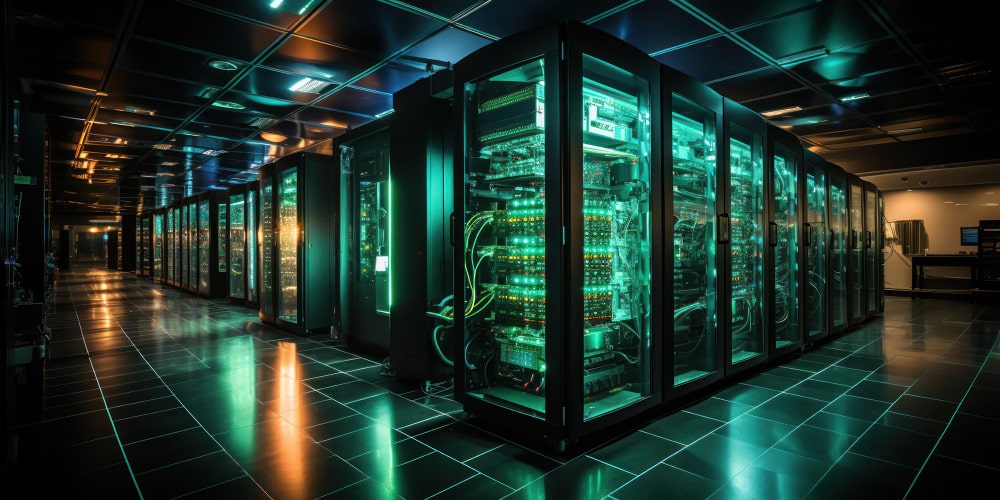In the world of technology, servers play a crucial role in providing the backbone for all digital operations. From hosting websites to managing data storage, servers are essential components of any organization’s IT infrastructure. However, many people outside of the IT industry may not fully understand what servers are and how they work. This article aims to demystify servers by breaking down their key components, functions, and benefits.
What is a Server?
A server is a computer or device that provides resources, data, services, or functionality to other computers, known as clients, over a network. Servers are designed to handle a wide range of tasks, including hosting websites, managing email communication, storing and retrieving data, and facilitating collaborative work environments. Unlike personal computers, which are used for individual tasks, servers are built to handle multiple requests from clients simultaneously.
Types of Servers
There are various types of servers, each serving a specific purpose within an organization’s IT infrastructure. Some of the most common types of servers include:
1. Web Servers: Web servers are responsible for hosting websites and delivering webpages to users over the internet. Popular web servers include Apache, Nginx, and Microsoft Internet Information Services (IIS).
2. Email Servers: Email servers manage incoming and outgoing email communications, including sending, receiving, and storing email messages. Examples of email servers include Microsoft Exchange Server, Postfix, and Sendmail.
3. File Servers: File servers store and manage files, documents, and data within an organization’s network. File servers allow users to access and share files across multiple devices and locations.
4. Database Servers: Database servers manage and store data in a structured format, allowing users to retrieve, update, and manipulate information efficiently. Common database servers include MySQL, Microsoft SQL Server, and Oracle Database.
5. Application Servers: Application servers provide a platform for running and managing applications and software programs within an organization’s network. Application servers help streamline software deployment, management, and scalability.
Server Components
Servers are composed of several key components that work together to provide the necessary functionality and resources to clients. Some of the essential components of a server include:
1. Central Processing Unit (CPU): The CPU is the brain of the server, responsible for executing instructions and processing data. The performance of the CPU largely determines the server’s processing power and speed.
2. Random Access Memory (RAM): RAM is temporary storage used by the server to hold data and instructions while they are being processed. More RAM allows the server to handle more tasks simultaneously and improves overall performance.
3. Storage Devices: Servers use storage devices, such as hard disk drives (HDDs) and solid-state drives (SSDs), to store data, files, and applications. The type and capacity of storage devices impact the server’s data storage and retrieval capabilities.
4. Network Interface Card (NIC): The NIC connects the server to a network, allowing it to communicate with other devices and clients. A high-speed NIC enables faster data transfer rates and better network performance.
5. Operating System: The operating system is the software that manages the server’s resources, provides a user interface, and supports applications and services. Common server operating systems include Windows Server, Linux, and Unix.

Server Benefits
Servers offer numerous benefits to organizations, including:
1. Scalability: Servers can be easily scaled up or down to accommodate changing demands and workloads. Organizations can add more processing power, memory, or storage capacity to a server as needed.
2. Reliability: Servers are designed to provide high levels of uptime and reliability, ensuring that critical applications and services remain accessible to users at all times.
3. Security: Servers include built-in security features to protect data, applications, and network resources from unauthorized access, cyber threats, and data breaches.
4. Centralized Management: Servers allow organizations to centralize data, applications, and services, making it easier to manage and monitor their IT infrastructure.
5. Improved Performance: Servers are optimized for handling complex tasks and multiple requests simultaneously, resulting in faster processing speeds and better performance.
FAQs about Servers
What is the difference between a server and a personal computer?
Servers are designed to handle multiple requests from clients over a network, whereas personal computers are used for individual tasks. Servers are optimized for performance, reliability, and scalability, while personal computers are typically used for everyday computing tasks.
How does a server store and retrieve data?
Servers use storage devices, such as hard disk drives (HDDs) and solid-state drives (SSDs), to store data in a structured format. Data is retrieved from storage devices based on user requests and processed by the server’s CPU before being sent to clients.
What is the role of an operating system in a server?
The operating system manages the server’s resources, provides a user interface, and supports applications and services. The choice of operating system impacts server performance, security, and compatibility with software and hardware.
How can organizations ensure the security of their servers?
Organizations can enhance server security by implementing firewalls, access controls, encryption, security patches, and regular software updates. Monitoring and auditing server activity, enforcing strong passwords, and restricting user privileges can also help protect servers from cyber threats.
What are the best practices for managing and maintaining servers?
Best practices for managing servers include regular backups, monitoring performance metrics, updating software and firmware, implementing security measures, and documenting server configurations and changes. Organizations should also conduct routine maintenance, troubleshoot issues promptly, and plan for server upgrades and replacements as needed.
Conclusion
Servers are essential components of any organization’s IT infrastructure, offering a wide range of functionalities and benefits. By understanding the key components, types, and functions of servers, organizations can optimize their use of technology and improve their operational efficiency. Demystifying servers and clarifying their role in modern businesses can help individuals and organizations make informed decisions about their IT infrastructure and technology investments. Remember that servers are not one-size-fits-all solutions, and organizations should carefully consider their specific needs and requirements when choosing and deploying servers in their environment.
